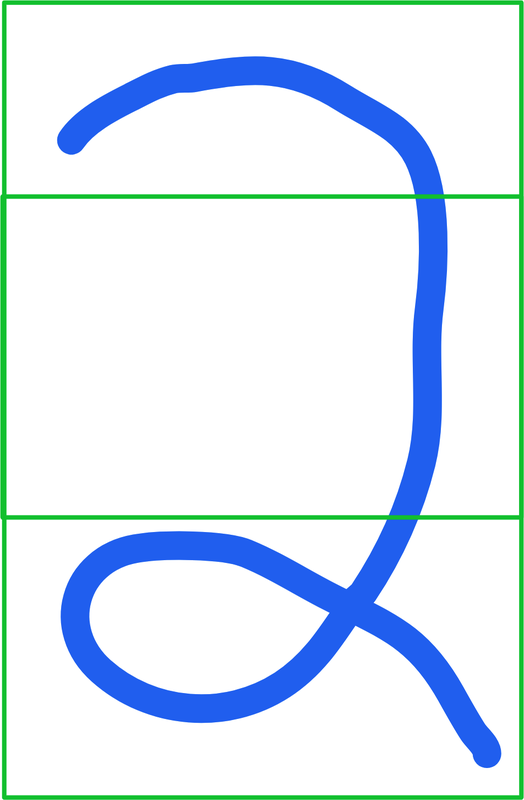Chapter 10. Image Training
“Everything must be made as simple as possible. But not simpler.”
—Albert Einstein
I’m going to describe a number to you. I’d like you to figure out the number from the description of its features. The number I’m thinking of has a rounded top, a line down the right side only, and a loopy thing at the bottom that overlaps. Take a moment and mentally map the number I just described. With those three features, you can probably figure it out.
The features of a visual number can vary, but a smart description means you can identify the numbers in your mind. When I said “rounded top,” you can immediately throw out some numbers, and the same goes for “a line down the right side only.” The features compose what makes the number unique.
If you were to describe the numbers as shown in Figure 10-1 and put their descriptions in a CSV file, you could probably get 100% accuracy with a trained neural network on that data. The whole thing works except that it depends on a human to describe the top, middle, and bottom of each number. How do you automate the human aspect of this? If you can make a computer identify the loops, colors, and curves that are unique characteristics of an image and then feed that into a neural network, the machine could learn the needed patterns to classify the descriptions into images.

Figure 10-1. Congratulations if you figured out it was ...
Get Learning TensorFlow.js now with the O’Reilly learning platform.
O’Reilly members experience books, live events, courses curated by job role, and more from O’Reilly and nearly 200 top publishers.

